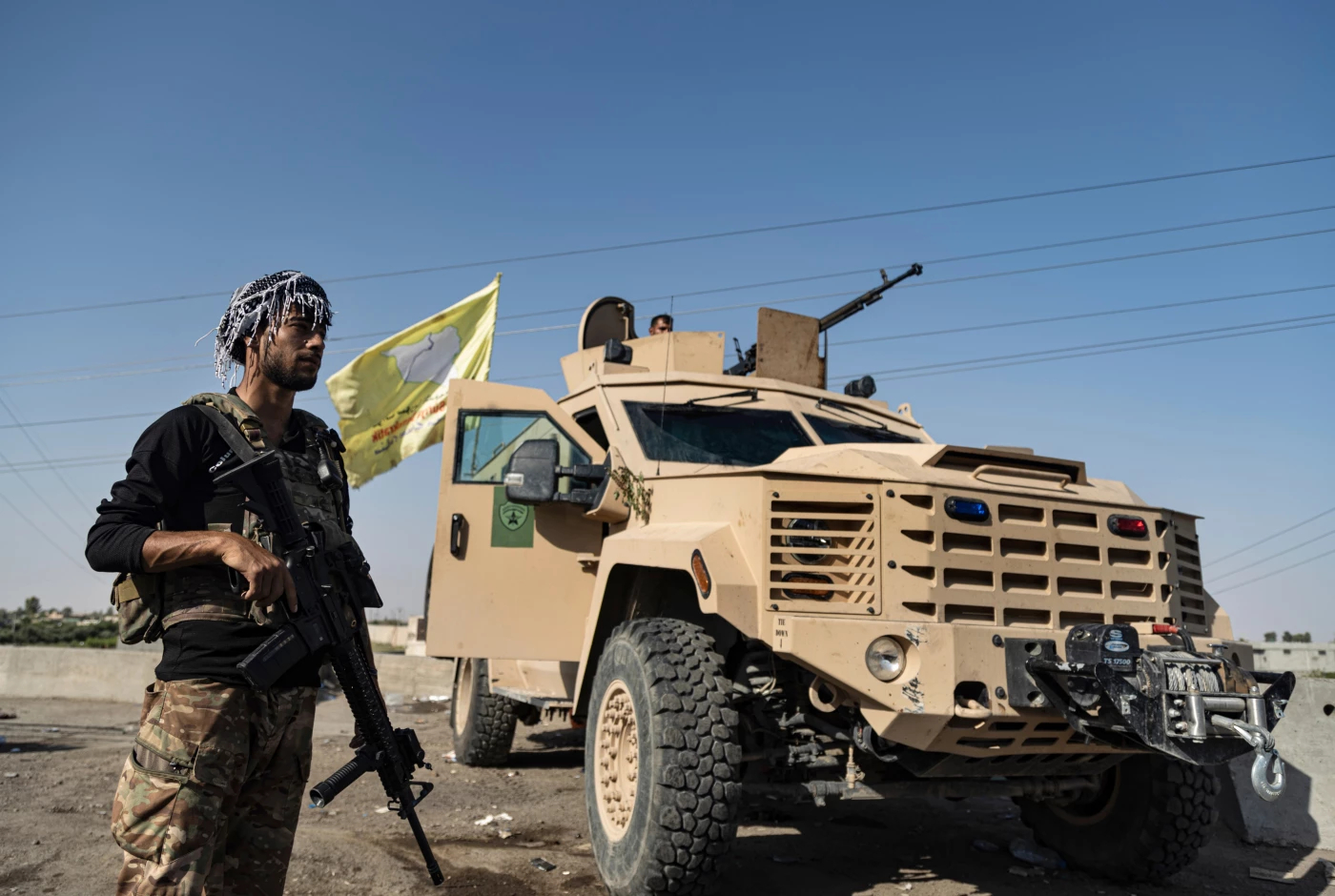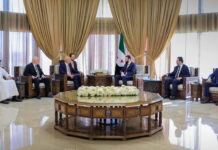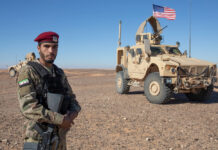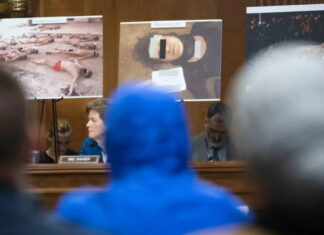
The Syrian Democratic Forces (SDF) continue to stall on implementing the March 10 agreement with the Syrian government, deepening mistrust and risking renewed conflict. SDF Commander Mazloum Abdi announced this week that a military committee will “soon head to Damascus to discuss how to integrate the SDF into the army.” Yet, months after the deal’s signing, Damascus says the promise remains unfulfilled.
The March 10 accord, signed by President Ahmad al-Sharaa and Abdi, was designed to end hostilities and unify Syria’s fragmented institutions. It guarantees equal representation for all Syrians, integration of security forces, and the return of displaced civilians. But disagreements over control of oil fields, border crossings, and the extent of SDF-led self-administration have left the deal stalled.
Syrian Foreign Minister Asaad al-Shaibani said the SDF’s inaction “obstructs the interests of our people,” adding that the agreement “is still ink on paper.” He reaffirmed Damascus’ commitment to “one state, one army, and one land,” rejecting any form of federalism or decentralization.
US Push Meets Local Resistance
Washington has intensified efforts to keep the deal alive. US Special Envoy Tom Barrack and Central Command chief Admiral Brad Cooper held back-to-back meetings in Damascus and Hasakah with both Sharaa and Abdi. According to Agence France-Presse, the talks focused on maintaining the Aleppo ceasefire and “implementing the provisions of the March 10 agreement.”
However, former US State Department adviser Hazem Ghabra told Arabi21 that progress remains unlikely. “Washington’s desire to reach a comprehensive agreement will hinder its progress,” he said, urging instead for “interim and partial agreements” to resolve critical issues like oil and security cooperation.
Kurdish writer Ali Tamimi was more pessimistic, describing the deal as “stillborn.” He argued that SDF leadership “was unable to adhere to its commitments,” blaming influence from the Kurdistan Workers’ Party (PKK) for obstructing implementation.
Regional Reactions and Renewed Clashes
Tensions have escalated on the ground. This week, clashes erupted in Deir Ezzor between SDF units and Syrian army forces after a suicide drone attack injured several government soldiers. Each side blamed the other, with the SDF accusing “armed factions affiliated with the Damascus government” of launching attacks.
The Turkish Ministry of Defense condemned the SDF for “failing to adhere” to the March 10 understanding, calling its recent operations in Aleppo’s countryside a “clear threat to regional peace and stability.” Ankara insists on the principle of “one state, one army,” warning against any parallel military structures.
From Erbil, Iraqi Kurdistan President Nechirvan Barzani urged Syrian Kurds to “move urgently toward Damascus” and open a political office there, describing the current moment as Syria’s “last opportunity” for stability.
A Narrowing Window
Despite what one Lebanese outlet described as “positive and constructive” discussions in Damascus, no new written agreements have emerged. US and French mediators have stepped back, and the end-of-year deadline for full implementation looms. As Abdi’s committee prepares to travel to Damascus, the gulf between rhetoric and reality remains wide. With renewed violence in the east and political fatigue setting in.








